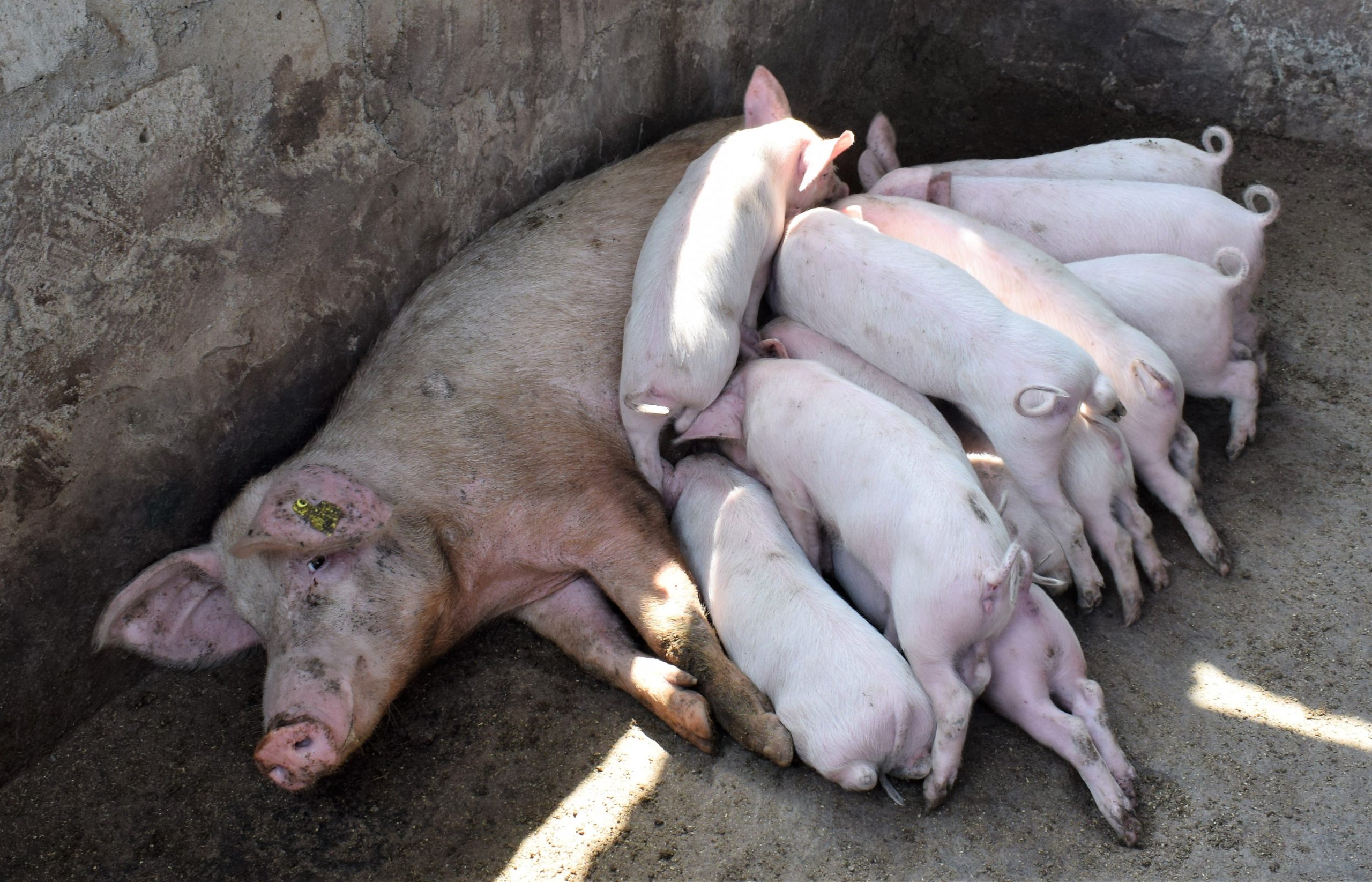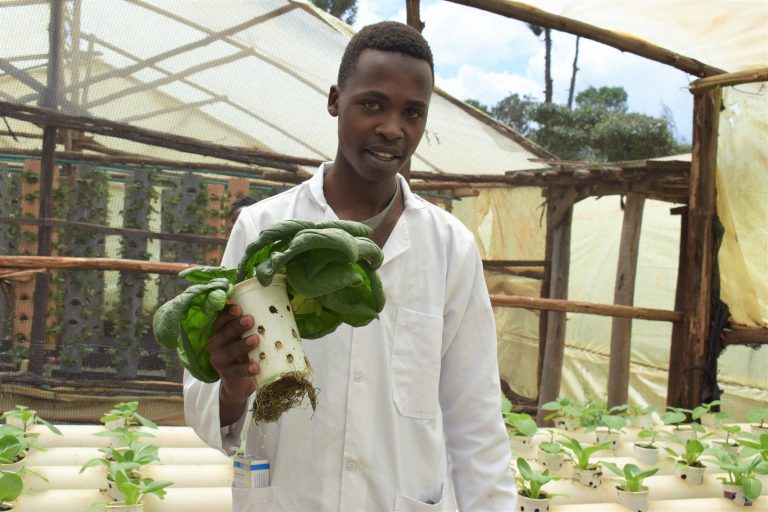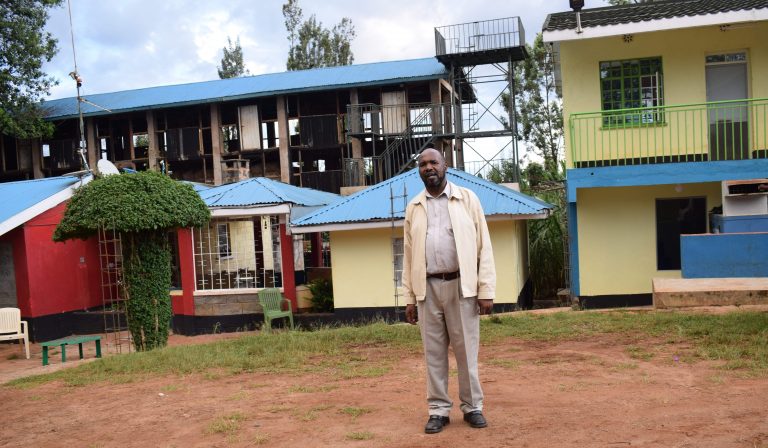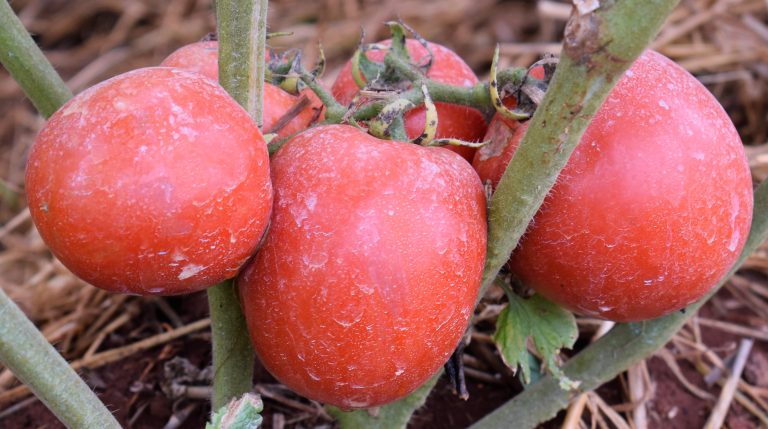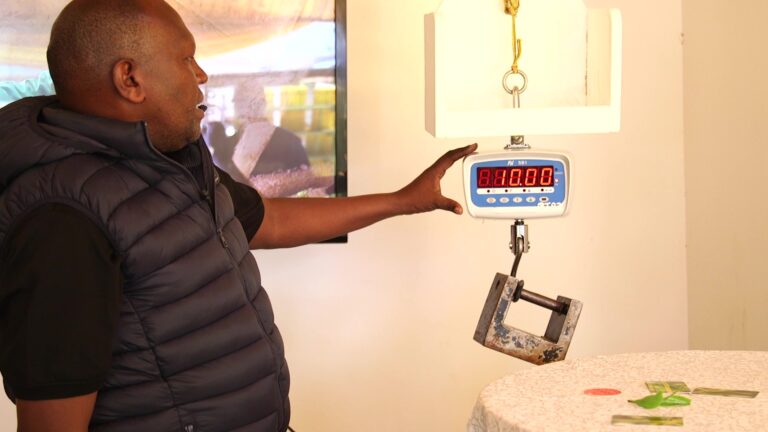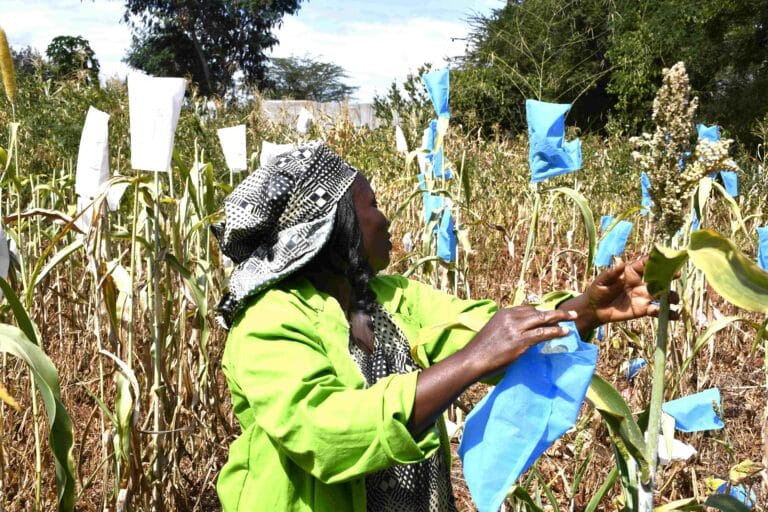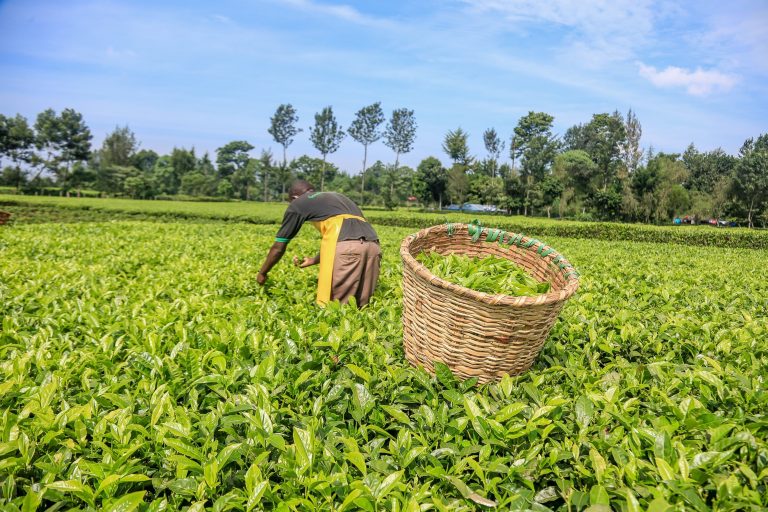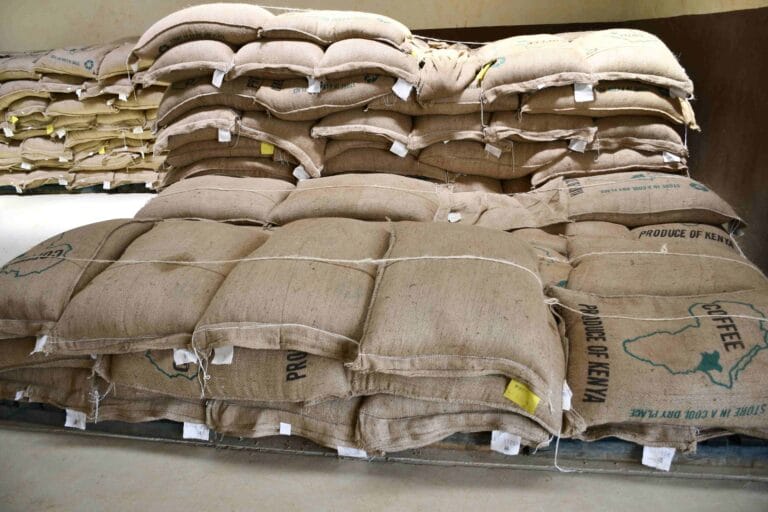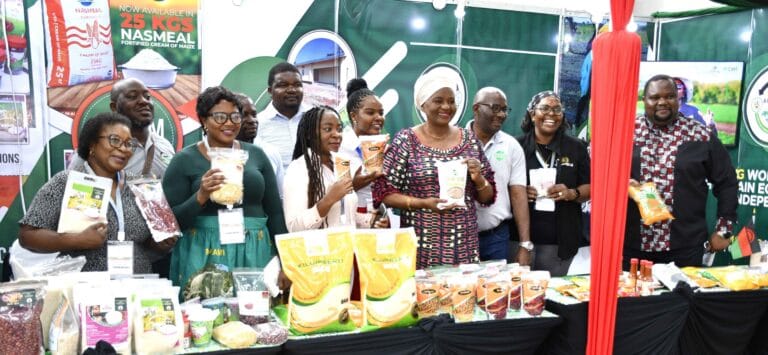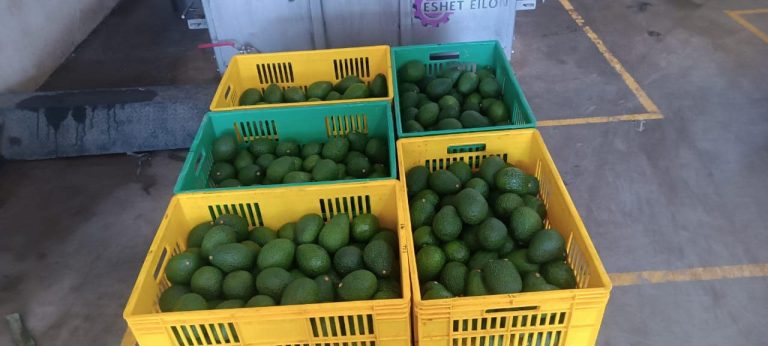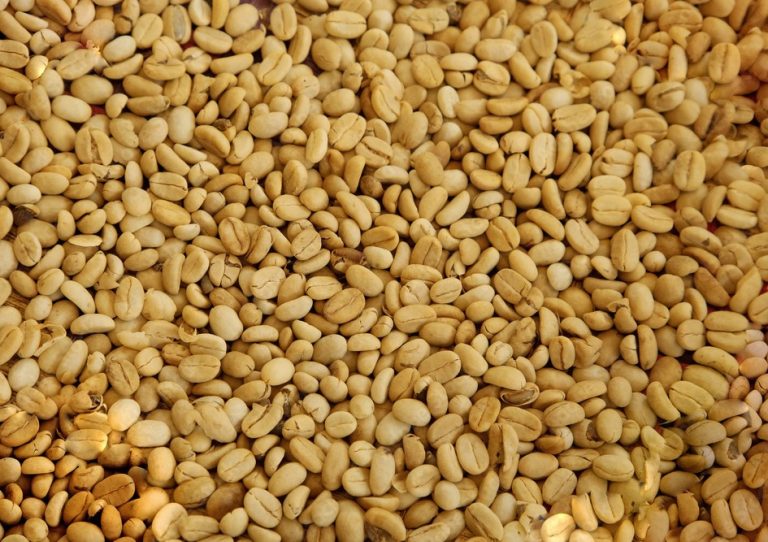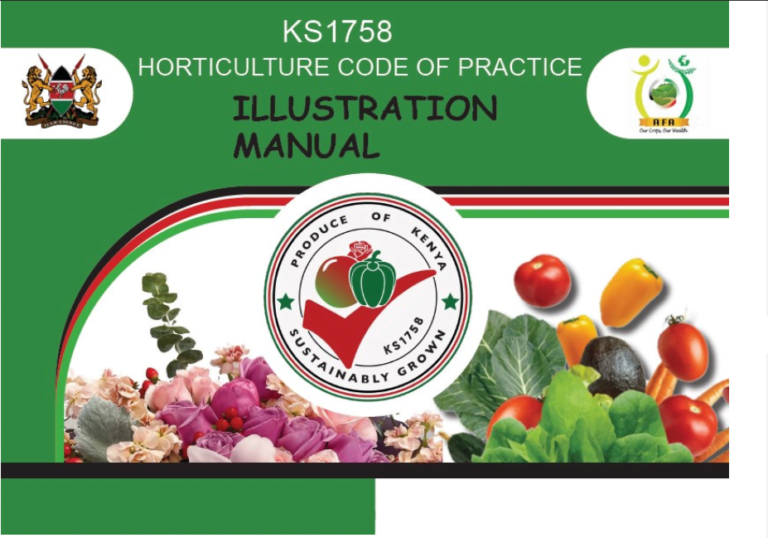By Kimuri Mwangi
Pig farming has gained popularity and more farmers are getting into it. But it has changed a lot since there was a time when the only pig feed was kitchen refuse from hotels. Serious modern pig farmers these days are using commercial pig feed for better returns as they observe other practices for better returns.
One such modern pig farmer is Peter Mwangi Gitika who has a passion for pig farming. He bought two 50 x 100 feet plots at Kiratina area in Ruiru Kiambu County about five years ago, combined them and Gitika Farm was born. The farm is about nine kilometres from the popular Kamakis area along the Eastern Bypass.
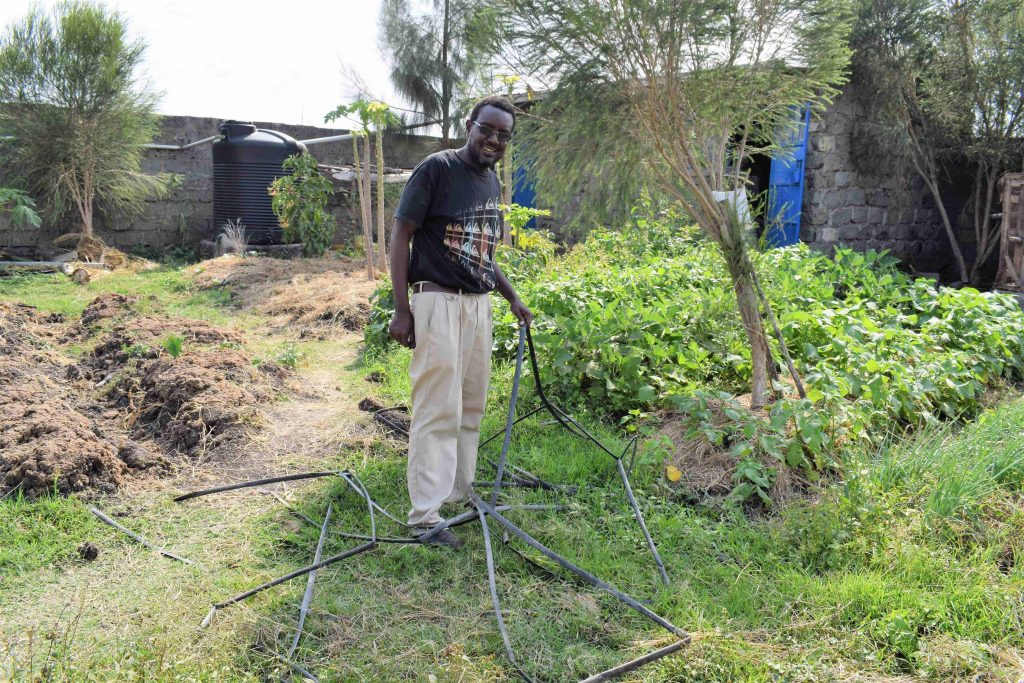
A visit to the farm paints the picture of an oasis in the middle of a desert only that there is black cotton soil instead of sand. Set in the middle of a very dry area which is sparsely populated, Gitika had to fetch water for his pigs some distance away when he was setting up the farm. He also had to contend with hyenas which roam the area but later put up a permanent fence around the farm. Despite the initial challenges encountered setting up the farm, today he can afford a smile. “I used to fetch water for the pigs before somebody came and drilled a borehole nearby. He uses solar power and supplies water around this area and that is what we use on the farm. I also collect and store rainwater,” he says. The area is windy and has a lot of quarries nearby.
Gitika takes me through his pig farming journey as we watch one of his sows “fight” with her 13 piglets reaching for her teats. She is drained and lies on the teats as the energized piglets scream. “I started with six pigs which I bought somewhere in Kikuyu which were the large white breed. We reared them for about six months and sold four to Farmers Choice and the remaining two were served. We later bought a Duroc Jersey boar from a farm in Ruiru to be serving our pigs. We then bought 10 piglets from a farmer who had given up on pig farming. We later also sold them to Farmers Choice as we had established a good relationship with them and their extension officers often visited our farm to guide us,” says Gitika.
From that point, the farm started rearing its own breeds. The Duroc Jersey he says was very prolific as it could give them 14-15 piglets and most of them reached maturity. From that time he has been selling his pigs to Farmers Choice until recently when the company could not take all pigs due to Covid-19 challenges. “We had to look for alternative markets and the first one was a slaughterhouse at Kabati. They buy through brokers but one main challenge is that the pigs weigh less there compared to Farmers Choice. But they are good as they offer an alternative market and I maintain the two. In December I also met a good pig merchant who was buying and supplying to the butchers at Kamakis and he was buying at a good price. But his payments would come in small amounts, therefore, you couldn’t use your money as planned. For now, the stable market for us is Farmers Choice but we are thinking about value addition,” says Gitika.
Another challenge he encountered when starting is the availability of both skilled and unskilled labour. “There was a time I had staff who believed pigs attack human beings and when the time came for the pigs to give birth we had a lot of problems as they literally feared them. Again because of the nearby quarries many youths preferred working there as casuals as they pay better. To solve this I would source people from Ruiru and Nairobi to work on the farm. Though they were expensive, we were able to set up the farm successfully. Today we capacity build the staff we have and they have mastered the art of pig production,” says Gitika.
Gitika says successful pig farming is a combination of having the right breed, good housing, proper feeding, disease and pest management among other practices that must be observed. He advises those who want to get into pig production to observe all these for better returns. “First get the right breed. The breed is very critical as it gives you the offspring. The Duroc Jersey happens to be a good breed, we have the Large White which is large in size and is also good although it takes longer to grow compared to the others. Camborough is also a good breed but the most important thing is to buy pure breeds from somebody you know and one who keeps records. From the records, you get to know about the genetics and prolific performance of the pig. By this, you can get a prolific one that will be giving you 12-13 piglets. If you buy a pig with no records and you don’t even know the breed, there will be problems,” he says.
When it comes to feeding, he recommends commercial feeds. “Feeding is very critical. Most of our have farmers have been feeding their pigs on kitchen refuse and this waste from hotels. I don’t say they are bad, but their performance is not the same when you compare with commercial feeds. It is important to have a feeding regime so that even if you are using the kitchen refuse, you supplement a bit with commercial feed. That one will be very useful,” says Gitika. Piglets he says are weaned between 45-60 days depending on one’s type of feeding and management. 45 days is the early weaning and they require good feeding and management as you can lose a lot of piglets due to shock after weaning them.
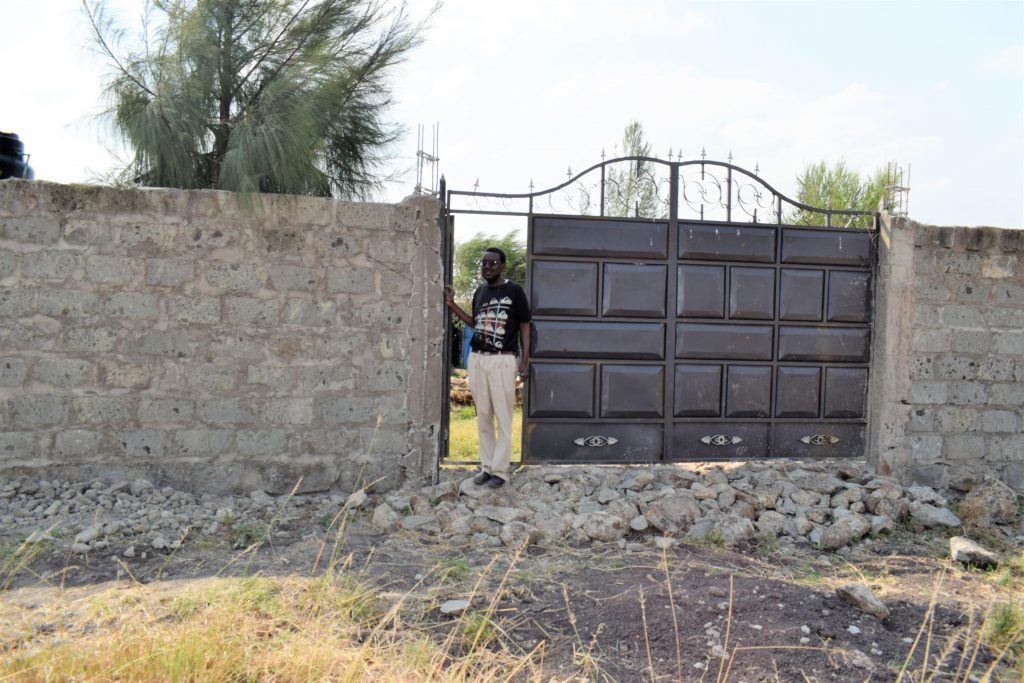
“In our system, we go to around 55-60 days when we know the young ones can feed on their own. While still with the mother we give them creep feed to introduce them to feeds. It is placed inside the nesting box to prevent the mother from eating. Immediately after weaning, we give them starter mash which has a lot of energy and protein for growth. You introduce growers mash at around the fourth month and at around six months you convert to sow and weaner,” Gitika explains.
Sow and weaner is the feed you give the pigs until they go to the market but Gitika advises in some cases when you don’t have a ready market you can introduce pig finisher which just maintains the weight of the animal. “The advantage of growers mash is that the pig grows very fast while sow & weaner is more balanced such that it doesn’t put a lot of fat and meat and the pig is balanced,” he opines. Clean water that is available all the time is also important and in the farm, they use nipples at the back of the sty where the pig drinks from.

The pigsty should be clean and dry to prevent diseases and should be disinfected periodically. It should also be free from excess rain, sun and wind. The floor should also not be slippery, so it is a bit rough but ensuring that the animal is not scratched.
Common external parasites like mange mites are easy to notice as the pigs scratch themselves against the wall. The pigs can be injected and normal acaricides are used to spray the pigs once in a while to control mange mite. Deworming should also be done periodically particularly after weaning. “Pigs are also prone to boils so we have basic antibiotics so we periodically administer them for control of such small problems. An iron injection is important for young pigs on the third day with a repeat on the 21st day when you are castrating them,” says Gitika.
Maintaining proper records is a must for a pig farmer according to Gitika. Each of his pig is marked to make it easy to maintain records for each pig. This helps a farmer to know which pig to select may be for breeding purposes and which one to sell.
As we pick pawpaws and oranges from trees on the farm, Gitika talks about the future. “In future, we are going into value addition. This will employ several Kenyans if we set up even if it will be a cottage industry where we will be making sausages, bacon and other pig products. We are also in the process of formulating our feeds and we have already set up the equipment. We are going to partner with other farmers so that we can be supplying them with quality feeds. At Gitika Farm, we want to be a center of excellence in pig production and we might partner with like-minded institutions to offer training in pig production at a later date,” he says.


